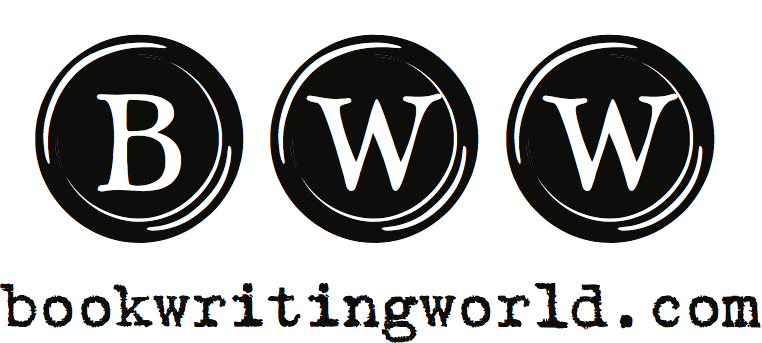Very often when I’m faced with a task, I find myself waiting, avoiding starting at almost any cost without understanding why. If I think about the task at hand–sometimes that task is writing, other times it’s folding the laundry–I cannot come to an easy conclusion to explain the intense level of aversion I feel around taking on that task.
After the election, I found that in the political arena, I was also left feeling confused and unsure about how to move forward. As with the political world, my artistic world when I reviewed it was littered with actions I did not take. Each of these actions in and of themselves did not amount to anything in particular. Taken together they added up to the failure to complete a large project I was very excited about doing, or the failure to do more to achieve political outcomes that feel really important to me. Applying some self-reflection, I took a great deal of time to try and figure out what was the thing that stopped me. If I am honest, the thing that stops the very often, more often than I’d like to admit, is that I just don’t know what the next step is.
As you may know, I am on a kick to streamline my life. To make clear to myself each of the steps that I don’t want to have to think about. I’m bringing this idea to you in the terms of your own writing workflow: This week take a minute and write down everything that you do before you start writing. Once you’ve made a list of activities that you do before you actually start writing, hold onto that and then think about what would you like your writing process to look like. Keep breaking down the tasks into smaller and smaller parts. For example, I like to have a plan when I sit down, so I know what my goal is. And I like to set goals when I am writing in terms of scenes, rather than words. It just gives me more of a sense of completion. So my task list might look like this:
- Turn on electric kettle for hot water
- Sit down at computer and pull up Scriverner
- Review where I am in the outline (and I might even have a link to the place my outline lives if it isn’t right in Scrivener).
- Make tea with the now hot water
- Load up writing play list
- Take the first scene to write and make sure that the synopsis is filled in — including goals, obstacle and outcome (if not, fill it in quickly)
- Start typing
Even as I write this, I can tell there are things I could move around and change, things that depend on my having planned to make this set of tasks achievable (making playlist in advance, having hot water and tea and cup easily accessible). David Allen might call this the next available action,;I would call it the list that keeps me focused on writing, and not on how to start. Let me know in the comments below how you use routine and task minimizing (or not) in your writing process.

0 Comments